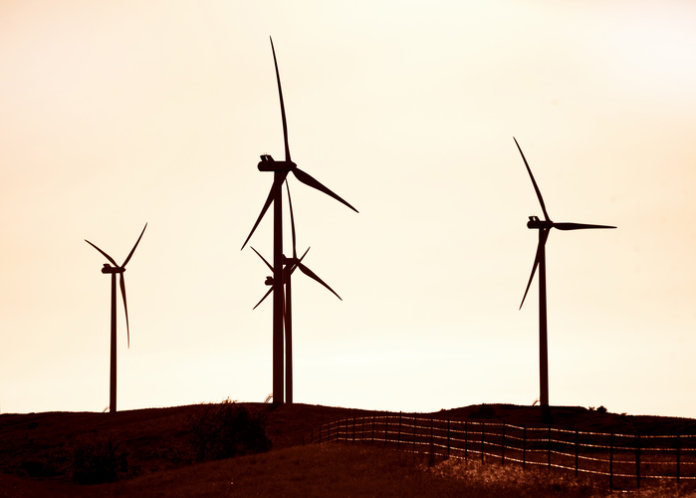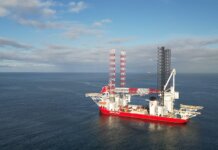DNV GL is calling on wind energy stakeholders to join a new joint industry project (JIP) to explore the potential of using light detection and ranging (LiDAR) to measure wind speed turbulence intensity (TI).
According to DNV GL, measuring meteorological conditions such as wind speed and TI is essential for assessing and verifying the feasibility of new wind energy projects.
Currently, industry standards from DNV GL and the International Electrotechnical Commission specify that these measurements must be made using so-called meteorological masts (met masts) – tall towers equipped with cup and sonic anemometers. However, installing met masts can be very costly, particularly on offshore sites, says DNV GL.
Recent advances in LiDAR technology offer a new way to carry out the meteorological measurements needed for turbine certification and site assessment at a much lower cost, the company says. The use of floating LIDARs also makes it possible to carry out measurements in previously inaccessible locations such as deep-water sites and enable more accurate energy yield assessment.
Consequently, according to DNV GL, LiDAR is becoming the preferred technology for wind resource measurements, and various methods for deriving TI information from LIDAR measurements have been proposed in research settings. However, none of these methods has yet been verified and adopted within international standards; therefore, LIDAR measurements are not widely accepted by certification bodies, insurers or authorities. By creating a recommended practice for LIDAR that is supported by players throughout the industry, the DNV GL-driven JIP aims to drive acceptance of LiDAR measurements and help reduce costs for turbine OEMs and wind project developers.
“Launching this joint industry project is an important step in making LiDAR-measured turbulence intensity certifiable and accepted by different wind energy stakeholders,” says Kim Mørk, executive vice president of renewables certification at DNV GL. “As a certification body, it is our goal to support the wind industry in enabling cost-effective and reliable measurement of TI based on LiDAR data. The positive feedback we have already received from potential partners shows the strong desire within the industry for a new guideline.”
The JIP is intended for wind turbine and LiDAR manufacturers, wind farm developers, universities and research facilities, consultants, and measurement institutes that are looking for guidelines to use LiDAR TI measurements for different applications. The call for partners phase is now open. Organizations interested in joining should contact project managers Nikolai Hille and Frank Scheurich at DNV GL, renewables certification.




